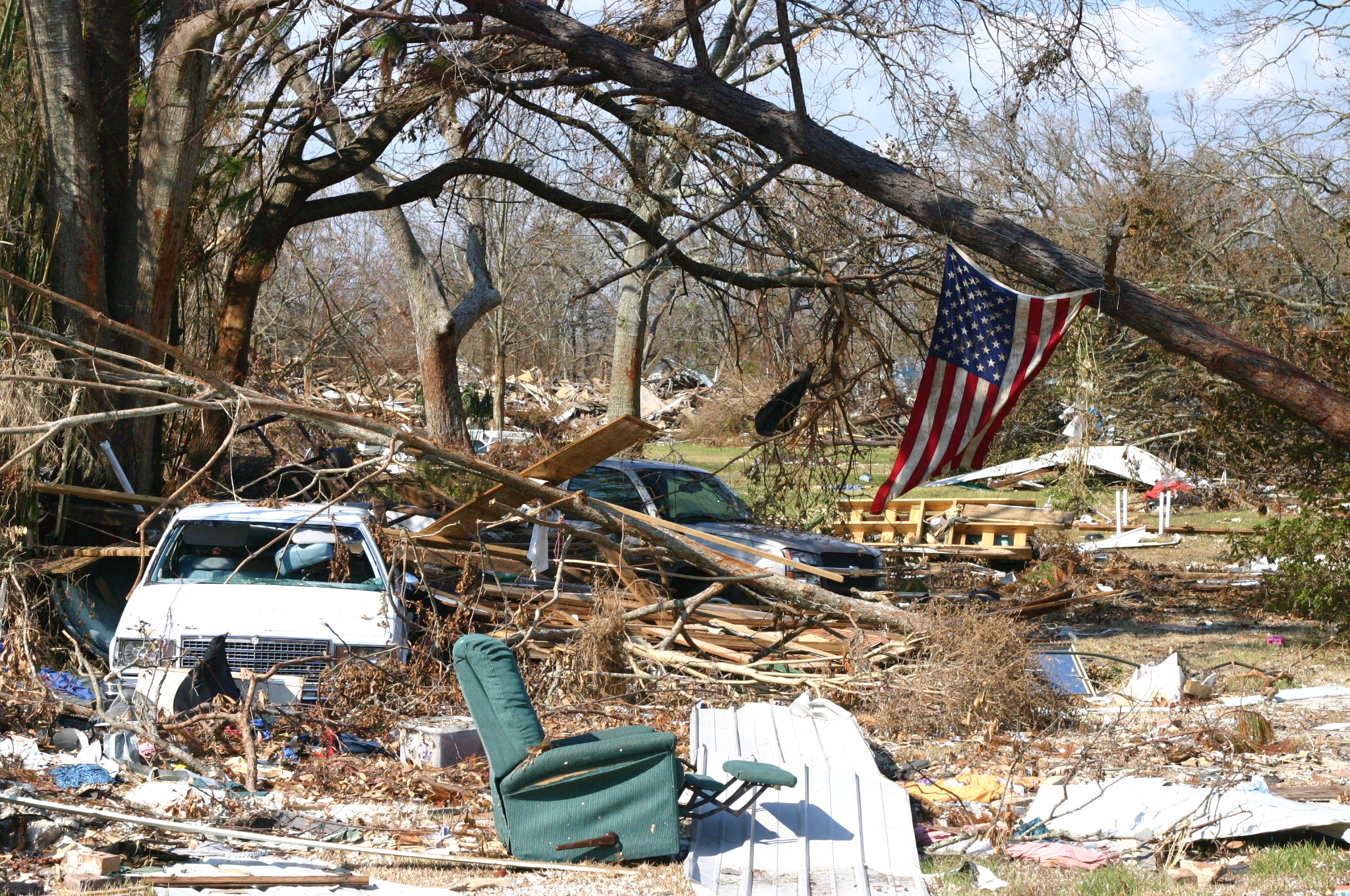
Remembering Hurricane Katrina 20 Years Later: Lessons Learned and How Louisiana Evolved into a Building Safety Leader
More than 1,000 lives were lost and nearly 500,000 homes were destroyed by Hurricane Katrina, but Louisiana legislators acted promptly to prevent future tragedies by adopting a statewide building code.
August 29, 2025, marks the 20-year anniversary of Hurricane Katrina, one of the deadliest and costliest hurricanes in United States history, resulting in 1,392 fatalities and an estimated $125 billion in damages (approximately $205 billion in 2025 dollars).
Following the hurricane, nearly 500,000 homes were damaged or destroyed across three states: 240,000 each in Louisiana and Mississippi and 1,700 in Alabama. Louisiana was hit the hardest; 80 percent of New Orleans was flooded in just 24 hours after the storm surge exceeded the limits of the levees protecting the city.
More than half of New Orleans’ population fled to Baton Rouge, as well as cities in neighboring states, including Houston and Dallas, TX, and Atlanta, GA. Many never returned to New Orleans – by July 2015, the city had reached just 80 percent of its pre-Katrina population.
In the aftermath, legislators knew they needed to make a change. Just as Hurricane Andrew inspired Florida policymakers to create the Florida Building Code (FBC), Hurricane Katrina did the same for Louisiana.
The Louisiana state legislature acted quickly to pass SB44 in November 2005, which mandated the creation of the Louisiana State Uniform Construction Code (LSUCC). The latest edition went into effect on March 1, 2024, and is based on the 2021 International Codes® (I-Codes®), including the International Building Code® (IBC).

Louisiana Evolved into a Building Safety Leader
Following Hurricane Katrina, the National Institute of Standards and Technology (NIST) released a reconnaissance report on the performance of physical structures during both Hurricane Katrina and Hurricane Rita. Former International Code Council CEO, Dominic Sims, was among the NIST Reconnaissance Team Members.
Sims commended Randy Noel, a former member and chairman of the Louisiana State Uniform Construction Code Council from 2006-2011, for leading the charge to convince Louisiana construction industry stakeholders of the need for a statewide code.
“Louisiana went from being way, way behind to not only adopting a statewide building code, but also a professional development program for code officials,” said Sims, who was the Deputy Chief Operating Officer for the Code Council at the time. “It really bolstered Louisiana. I think they’re still a model for how states could and should react to opportunities to improve building safety.”
Louisiana’s success has made it one of the highest rated states for building safety, ranking fifth in the fifth edition of the Insurance Institute for Business & Home Safety’s (IBHS) Rating the States (2024). Louisiana’s score increased by nine points between 2021 and 2024 – the highest increase yet for the state.

Building Codes Save Lives and Billions of Dollars in Property Losses
According to a study by the Louisiana University Hurricane Center in 2018, homes built to the state’s new code were 65 percent less likely to sustain damage during hurricanes. Following Hurricane Ida in 2021, damage was largely limited to older housing, with homes built to updated codes largely unscathed (including that of former ICC Board President Michael Wich). A post Ida FEMA analysis similarly found that elevated homes experienced no flood damage, with a return on investment at nearly 250 percent and likely to more than double if current hurricane frequencies continue.
Long-term, FEMA’s Building Codes Save: A Nationwide Study of Loss Prevention estimates that I-Code adoption could help communities avoid as much a $171 billion in cumulative losses through 2040 and more than $600 billion by 2060. Further, FEMA estimates that since Louisiana’s I-Code adoption in 2005 has generated more than $400 million in losses avoided to date.
To learn more about the International Code Council’s model codes (I-Codes), click here.







